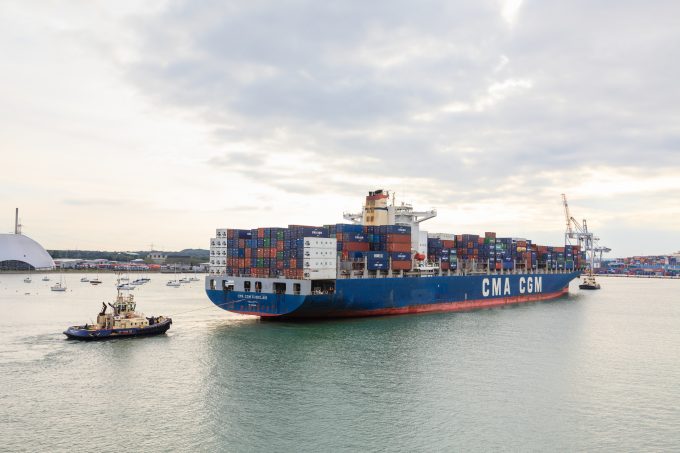Security fears drive tighter cargo manifest rules for box cargo in UAE ports
Authorities in the UAE are close to rolling out a revamped, tighter cargo manifest system ...

CMA CGM has shocked the market by reducing Asia-North Europe FAK rates at a time when most carriers are trying to drive them up.
The French carrier published new FAK rates today of $1,000 for a 20ft container and $1,800 for a 40ft.
Valid from 24 September – “until further ...

Comment on this article